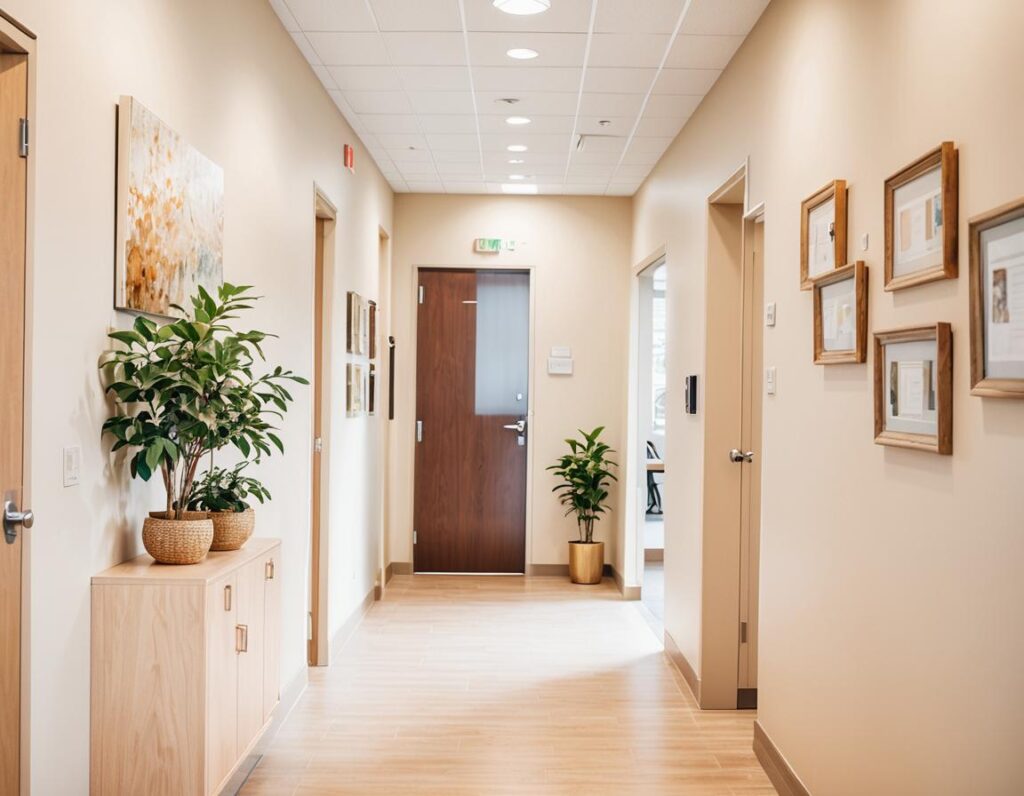Rhinoplasty, or nose reshaping surgery, is a procedure that modifies the structure of the nose to improve its appearance or address functional issues. This surgery can enhance facial balance by adjusting the size, shape, or symmetry of the nose and can also improve breathing by correcting structural problems, such as a deviated septum. During rhinoplasty, adjustments may be made to the bone, cartilage, or skin, depending on the patient’s goals. The recovery process usually includes some swelling and bruising, with final results gradually becoming more visible as healing progresses.


